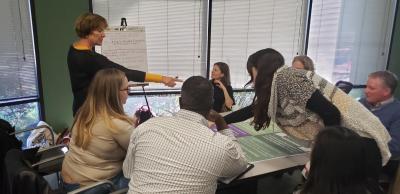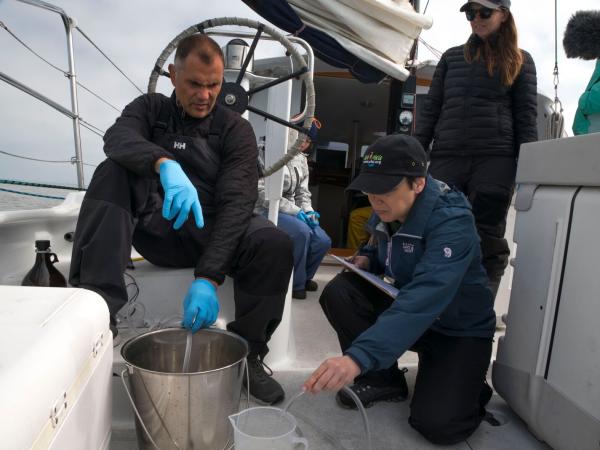Statewide Plastics Monitoring Plan & Strategy
Plastics, in their various chemical composition and sizes, pose serious challenges to the vitality of California's ecosystems. Once escaped into the environment, plastic contamination persists for very long periods and breaks down into ever smaller pieces, becoming more readily available to wildlife and populations who live, work, and play in those same habitats.
While California grapples with measures to limit the impacts of macro- and micro-plastics, it must also measure where such plastics are most pervasive, what forms of plastic are most common in the environment, and whether such contamination is declining or increasing. To address these concerns, we often depend on disparate sources of information -- which often vary in quality, resolution, geography, and other important factors -- but an overall statewide perspective and context is currently lacking.
To support the multiple statutory, policy, and regulatory drivers related to plastic pollution, the vision of this project is to develop a phased, multi-year plastics monitoring plan for state ambient waters based on available resources that leverages existing monitoring programs and requirements, as well as to inform monitoring in future programs.
The Vision
- Produce a phased, multi-year plastic monitoring plan, funded by the California Ocean Protection Council and supported by the State Water Resources Control Board
- Advance consistent and coordinated plastics monitoring, data collection, and reporting for ambient waters statewide (large trash/plastic debris & microplastics)
- Inform potential establishment of designated Surface Water Ambient Monitoring Program (SWAMP) program
- Inform and identify partners to establish a coordinated plastic monitoring network: federal, state, local, tribal, regional monitoring programs, citizen science
- Initiate pilot monitoring program/network in late 2025 (pending funding and programmatic support)
- Inform future investments in monitoring
This plan is intended to be scalable pending available resources and critically, to inform future investments in plastics monitoring.
The Approach
Recognizing the broad array of stakeholders in the topic of plastics in California's habitats, the approach for informing this plan includes the following components:

- Federal & State Advisory Group: comprised of relevant federal and state agency departments and programs to ensure the final document is consistent with California’s plastic management, monitoring, and science needs
- Technical Experts: to include leading scientific experts in the field of trash and microplastics monitoring, some of whom will participate in a Technical Advisory Committee (TAC)
- Tribal Consultation and Engagement: to inform priority management questions, monitoring locations and design, identify potential TAC members, and identify recommendations to remove barriers for co-management and monitoring
- Community Engagement: to learn community concerns & priorities related to trash & plastic pollution, inform potential monitoring locations, identify potential community partners, and identify community monitoring needs, recommendations, and potential barriers.
Learn more about Community Engagement opportunities.
We welcome your interest, input, and feedback.
Project Timeline

Dates:
2023
Partners:
Funders:
Associated Staff:
Kaitlyn Kalua, OPC
Marie Rainwater, Rainwater & Associates
Esperanza Vielma, EJC4W
Subproject(s):
Programs and Focus Areas:
Microplastics
Software Engineering














